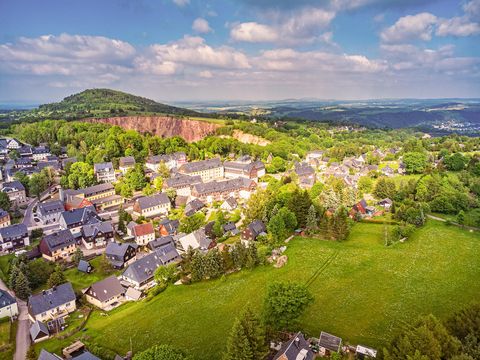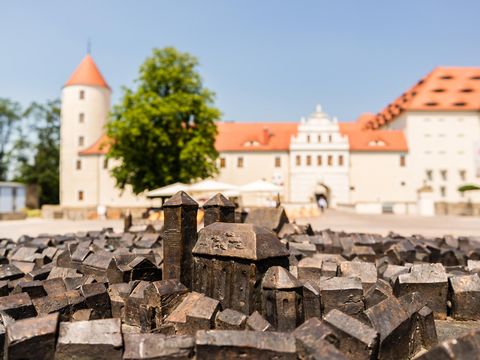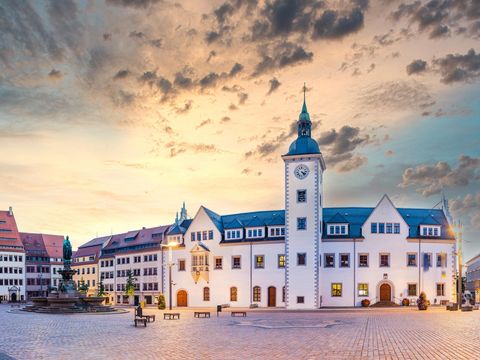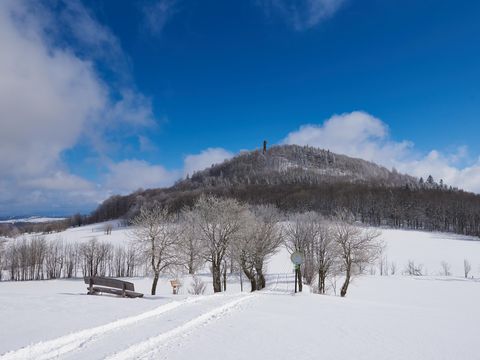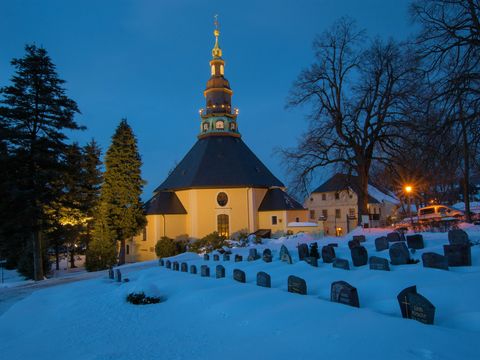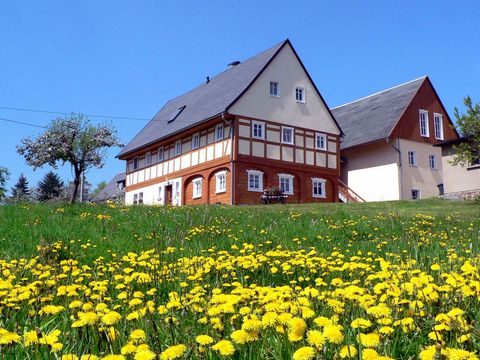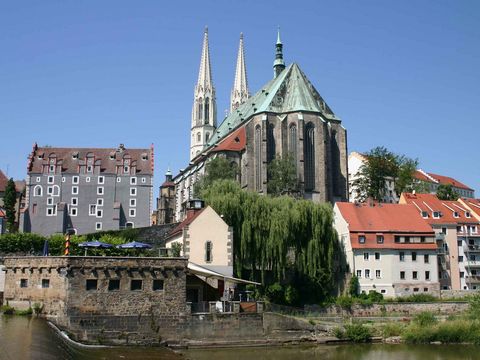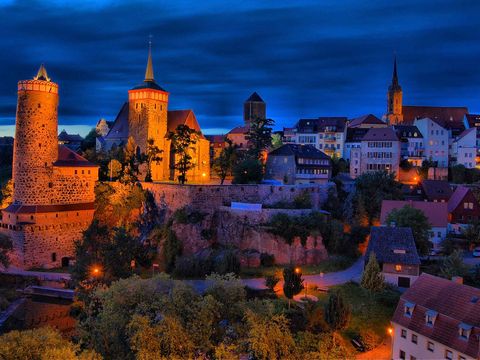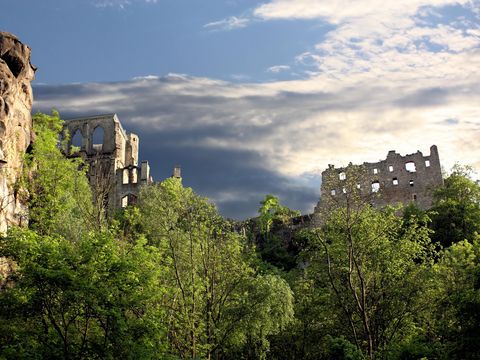The Eastern Ore Mountains
Mining meets watch-making
The Eastern Erz Mountains are not far from Saxon Switzerland. Just like the Elbe Sandstone Mountains, the eastern part of the Erz Mountains spans across German and Czech territory. Shaped by mining, this region attracts visitors with both its numerous sporting activities and its many day-trip destinations.
You can find out about the old Erz Mountain tradition of mining in Geising, Altenberg and Zinnwald. Numerous show tunnels are available to visit here as relics of the mining past. Mining museums are also on hand to show the history of the quarrying of tin and silver in the Erz Mountains and provide a lively insight into the difficult work underground.
Meanwhile, the Watch Museum in Glashütte provides an insight into the delicate art of watch-making. Here you can enjoy a literal journey through time, from the beginning of Saxon watch-making in 1845 to the present day; and as such you can immerse yourself in the work and history of the well-known traditional company in the heart of Glashütte.
The summer toboggan run in Altenberg is great fun, especially for families. You can travel down into the valley at great speeds and around sharp corners.
The luge and bobsleigh run in Altenberg is particularly sporty. It is one of the most difficult artificial runs in the world and attracts athletes and visitors throughout the year. Brave visitors can dash across the ice channel in summer or winter. In summer, you simply travel down the run in a bob on wheels.
Needless to say, hikers and fans of winter sports are also in the right place in the Eastern Erz Mountains.
